Things I got to learn travelling Jharkhand on a cycle
Despite Bihar and Jharkhand having separated only in 2000, my tour across both states revealed stark differences in aspects such as population, culture, industrialization, communities, language, availability of resources, and people’s mindset. Having previously encountered challenges while traveling in densely populated Bihar, my experience in Jharkhand was unexpectedly pleasant. The state boasted greenery and forested areas, surpassing my observations in the other eight states I visited. Notably, 25% of Jharkhand’s population consists of tribals, contributing to a unique and welcoming atmosphere. The warm hospitality and calm nature of the people left a lasting impression, reminiscent of the legendary M.S. Dhoni, who not only exemplifies Jharkhand’s cricketing prowess but also reflects the character depth of its residents. Despite abundant mineral resources, the state faces significant developmental setbacks attributed to a challenging political landscape. In this article, I aim to share my unbiased travel experiences in Jharkhand, acknowledging potential personal biases and travel modes. I encourage readers to provide feedback and constructive comments, recognizing the subjective nature of my observations.
The land of tribals
A quarter of Jharkhand’s population comprises tribals, leading a modest life primarily based on agriculture. The evident lack of development is reflected in their simple lifestyle, marked by mud huts and the prevalent use of firewood for cooking. Many still adhere to traditional practices, worshiping the forest and participating in local rituals involving animal sacrifices. Unfortunately, the underdevelopment in these communities is exacerbated by political corruption, hindering the proper utilization of allocated funds. Despite the reserved nature of the tribals, NGOs are actively working across the state to improve their conditions.
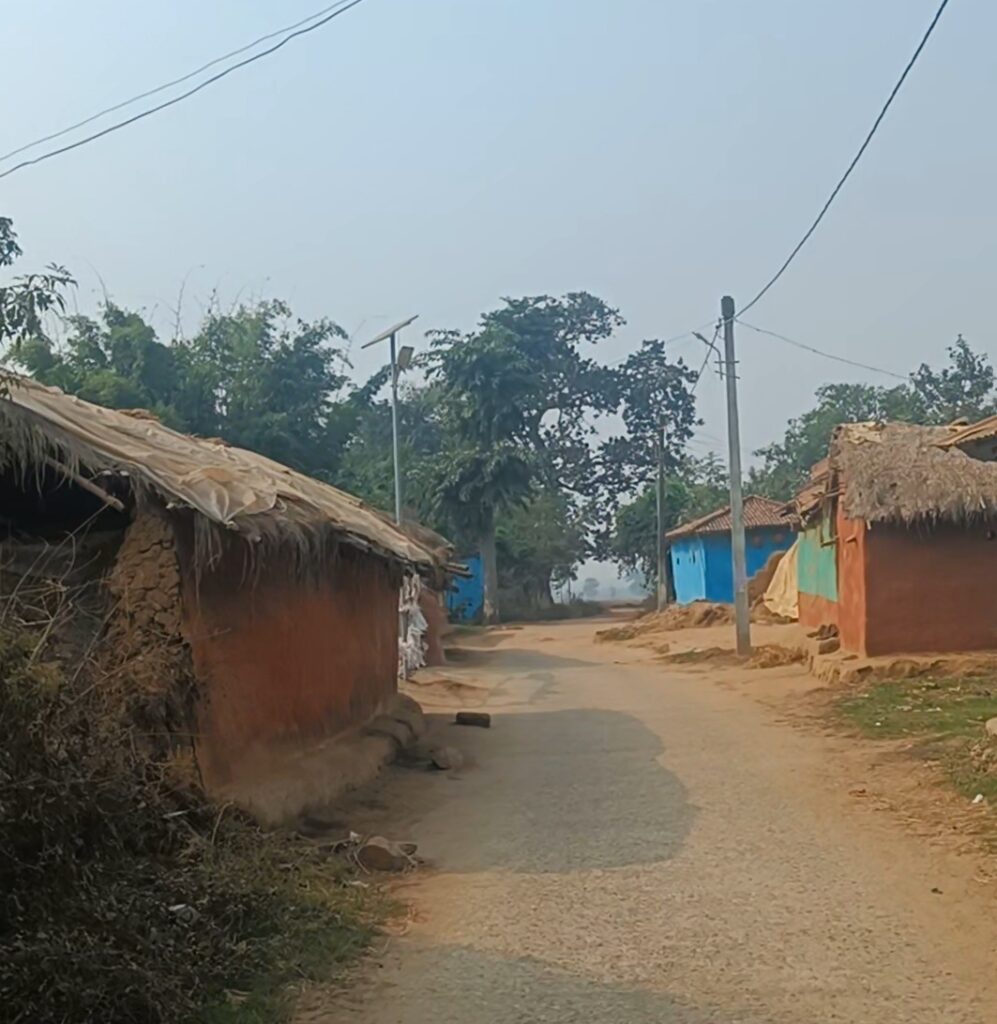

Notably, the Mahato community, previously recognized as Scheduled Tribes (ST), has been reclassified under Other Backward Classes (OBC) due to perceived development. This shift has sparked significant protests in the state, as the Mahato tribe seeks to regain its ST status.
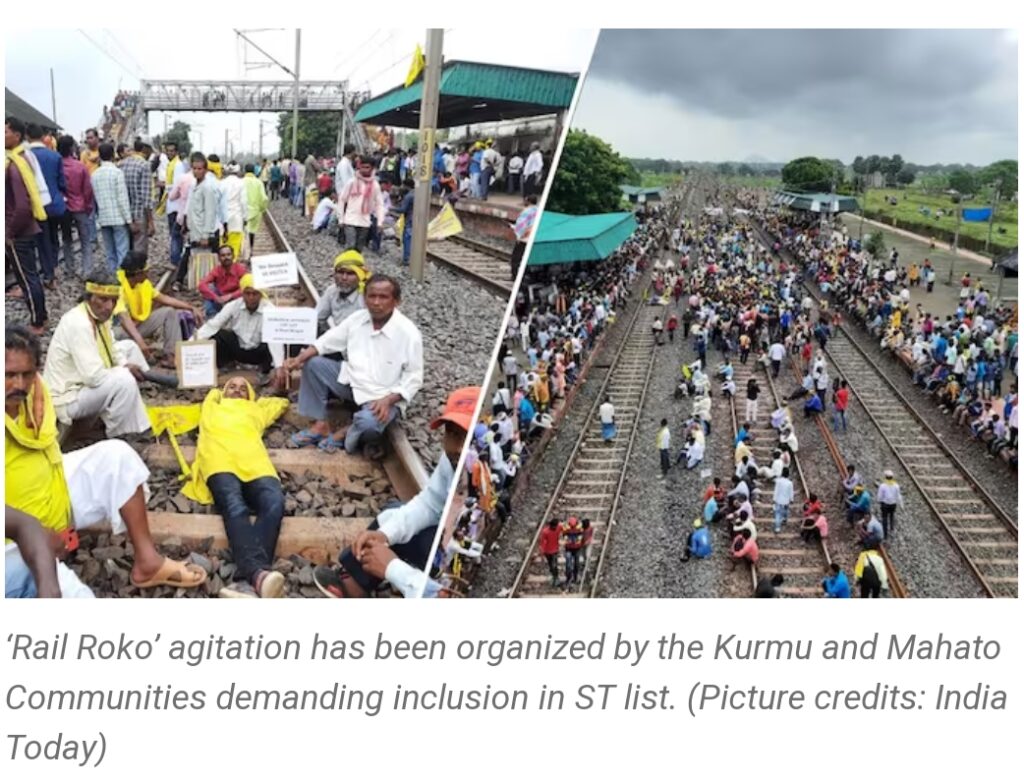
Greenery vs pollution
The tribals in Jharkhand exemplify a harmonious coexistence with nature, evident in their use of firewood for cooking and bamboo sticks for fencing, contributing to remarkably clean villages. In stark contrast to the dismal drainage systems and plastic waste seen in many northern regions during my journey, Jharkhand’s villages stand out with minimal pollution levels, though some areas are witnessing the onset of open waste dumping.
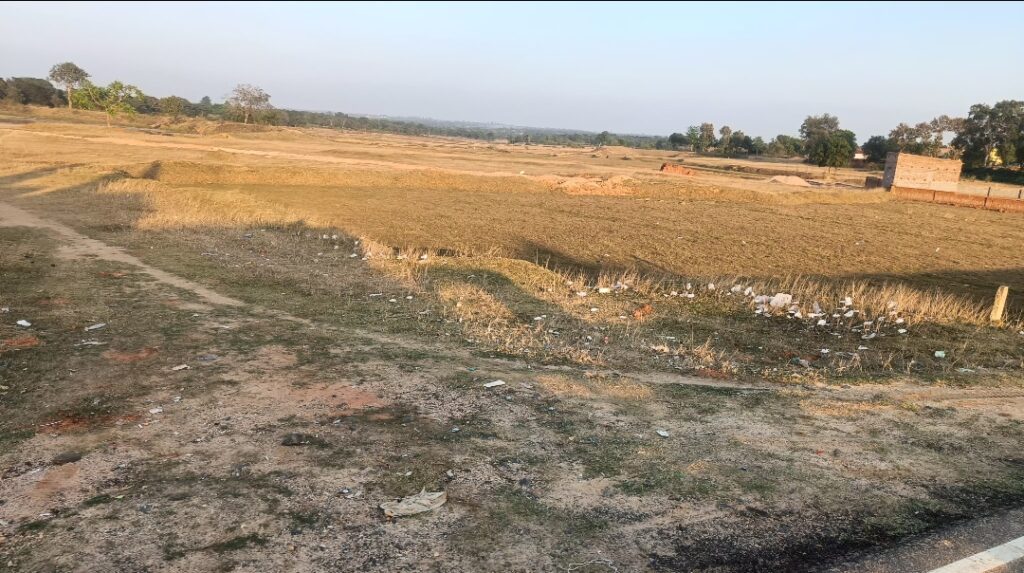
Unlike the rivers in Gujarat, UP, and Bihar, marred by industrial discharge and poor drainage, Madhya Pradesh and Jharkhand remain exceptions. Every 20 km, pristine rivers flow through Jharkhand, despite the recent emergence of waste discharge. Notably, the government has constructed small ponds and lakes in every village, providing clean water for bathing and washing. Astonishingly, the predominantly tribal villagers have embraced cleanliness, maintaining these water sources with care.
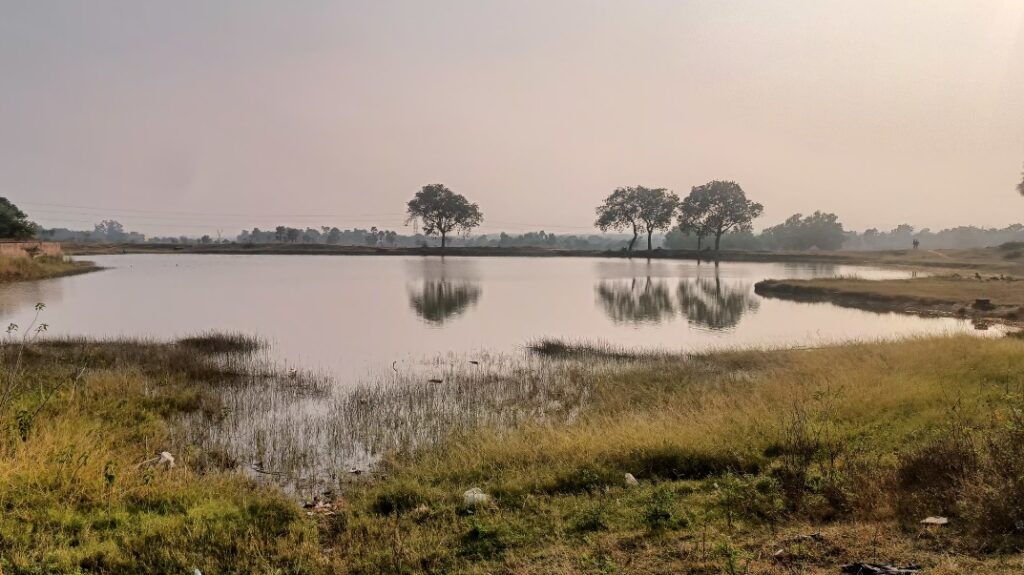
The land of plenty
Jharkhand stands among the top three states in India for mineral ore production, boasting abundant resources like coal, copper, bauxite, uranium, iron, mica, limestone, and clay. The state’s economy, industrialization, and employment heavily rely on these diverse minerals, with evenly distributed steel, aluminum, and thermal power units. Interestingly, the division between Bihar and Jharkhand favored the latter, concentrating all mineral deposits and industries, while Bihar received minimal benefits. Jharkhand’s hilly terrain, in contrast to Bihar’s flat geography, reflects the state’s name, which connotes forested land. With 6 wildlife sanctuaries, 1 bird sanctuary, and a national park, nearly 30% of Jharkhand’s land area is forested, with 80% under protection.
However, the abundance of mineral ores is a double-edged sword. While it provides employment, the extraction and transportation have rendered many areas uninhabitable. Villages have been engulfed due to government actions, forcing residents to relocate within Jharkhand. As coal fields expand, locals are enticed with financial incentives or government jobs in exchange for their land. Despite the allure of profits and job security, there are distressing incidents of villages being razed overnight due to accidents in coal fields. A longstanding issue involves underground coal ignition from an accident years ago, posing ongoing dangers such as land sinking. Villagers in proximity remain at risk, underscoring the environmental challenges tied to the state’s mineral wealth.
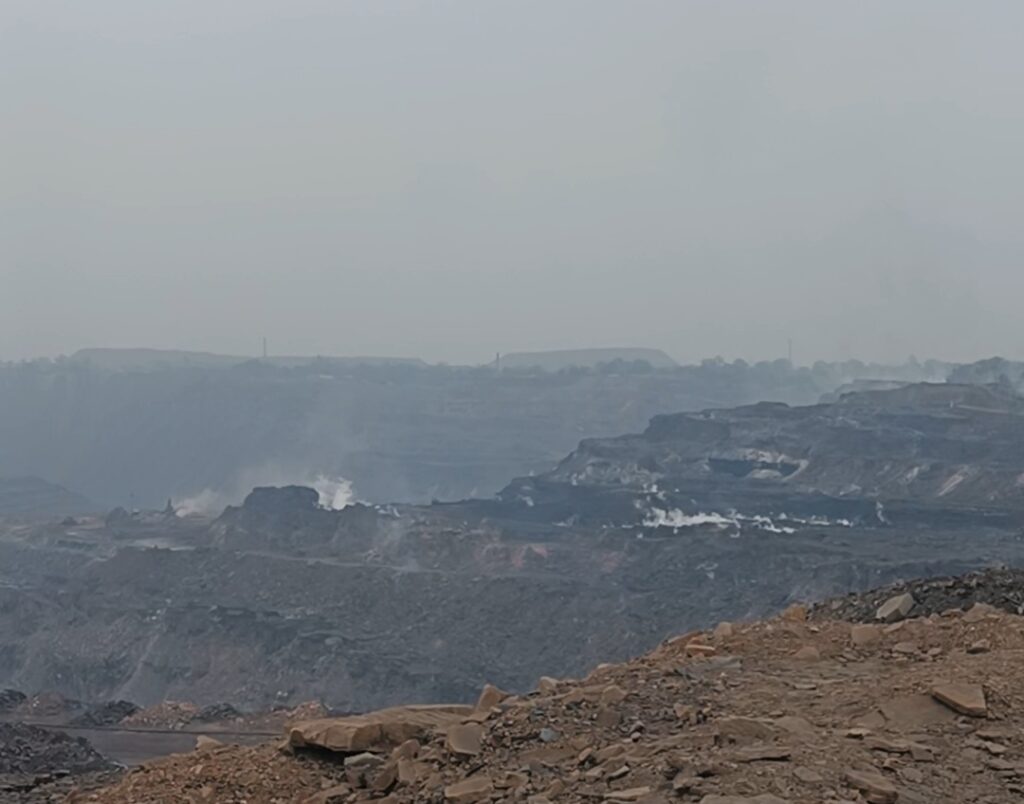
The food
Jharkhand’s cuisine, akin to Bihar, revolves around simple fare with rice and rotis as staples. The spiciness of the dishes is a nod to the region’s drastic winter temperature drops. Among the tribals, households often serve mashed potatoes with chilies and onions alongside rice. Affordable pricing echoes similarities with Bihar in the culinary landscape. Notably, tea takes center stage in Jharkhand, distinguished by its rich and milky consistency. Tea stalls dotting the landscape utilize coals to boil milk, serving the aromatic brew in traditional clay cups, offering a unique and flavorful experience.
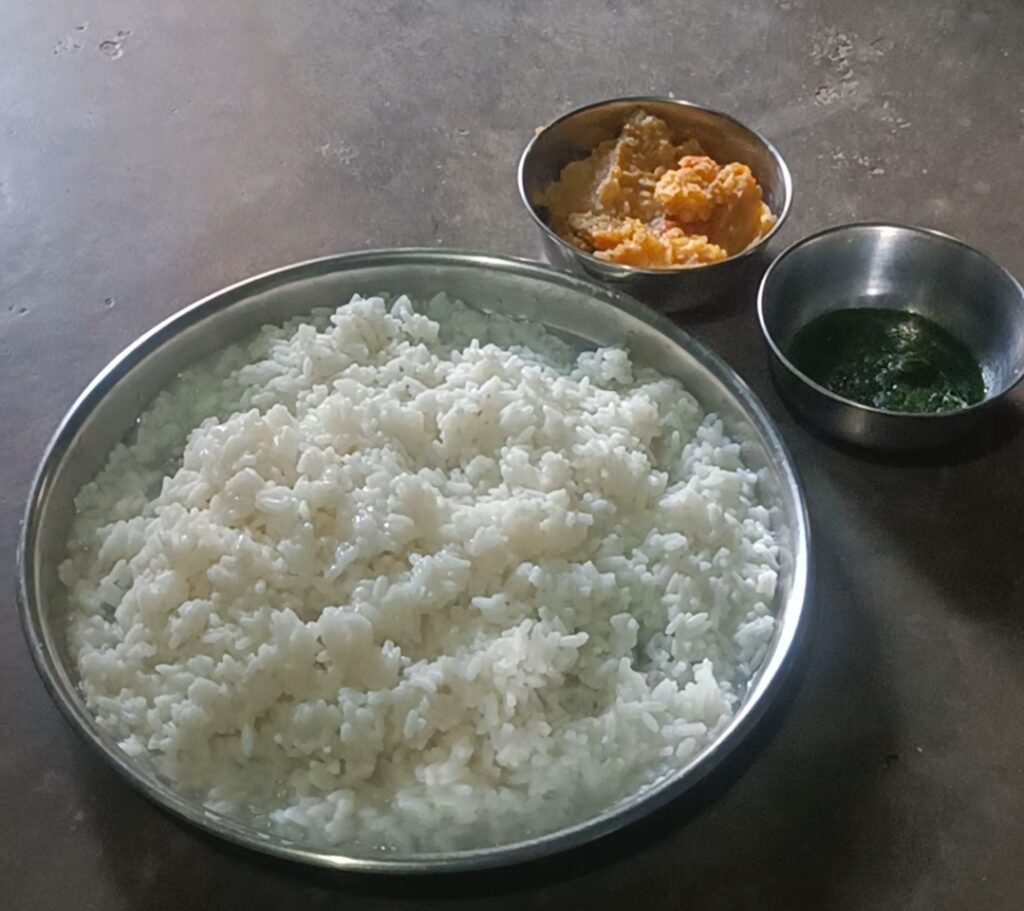

The digital trend
Jharkhand proved to be a surprising hub for YouTubers, with a notable concentration of tech vloggers, travel enthusiasts, and digital marketing enthusiasts among the youth. Notably, Jamtara, the district infamous for being a hub of online fraud scammers in the country, is located in Jharkhand. Renowned tech vlogger Manoj Dey also hails from the state. During my journey, it was striking to find that almost every individual I encountered had their own YouTube channels, passionately documenting various aspects of their lives.
Dirty politics and mafias
Despite the abundant mineral wealth in Jharkhand, the state grapples with poverty exacerbated by pervasive corruption in politics. The chief minister, Hemant Soren, is himself entangled in allegations of illegal mining and land misconduct, raising concerns about the overall integrity of the state’s governance. The presence of rich mineral resources provides a breeding ground for mafias, leading to the designation of several districts, including Dhanbad and Chandwa, as red zones due to criminal activities. During my travels, I encountered stories of open shootings of police officers and officials, highlighting the audacity of criminals. Gang wars and rivalries persist, with no apparent reduction in sight, impacting the proposed development projects. Notably, a thermal plant in Chandwa faced the brunt of gang rivalry and mafia interference, resulting in its premature closure. This grim scenario hampers the state’s progress, perpetuating a cycle of underdevelopment and poverty for its residents.


The psychology
Jharkhand pleasantly stood out as the most welcoming state in my journey, where warmth and hospitality greeted me at every turn. Unlike my previous experience in Bihar, locals consistently offered assistance, asking if I needed water, food, or tea. The residents, however, expressed concerns about the misuse of their kindness, citing government exploitation through mafia operations depleting the state’s mineral-rich lands. Corruption further hampers the distribution of subsidies and allowances meant for tribals, prompting the intervention of various NGOs.
Engaging with locals revealed a commonality with Bihar – a sentiment of dislike among people growing amongst one another. As an outsider, this interpersonal dynamic did not significantly impact my experience. Notably, the tribal communities, traditionally connected to forests, are now exposed to the outside world through mobile devices. This newfound exposure has led them to aspire for a lifestyle showcased on social media, disrupting their traditional harmony. The pursuit of status, evident in car ownership and gadgets, becomes a measure of wealth for them. Many tribal youth, working odd jobs, own expensive bikes and phones purchased on EMI.
Overall, Jharkhand provided a remarkable experience, ranking among the best in my journey. The highlights included exceptional hospitality and the lush greenery. Each state I explore offers unique encounters, consistently surprising me and challenging preconceived notions. To delve into the details of my travels in other states, visit this page.
I am a 31 year young PhD graduate who has decided to travel the length and breadth of India on my cycle, to document the journey of meeting a vast array of people. In my journey, I intend to understand the characteristic features of the people of this nation and categorize them based on their demographics, age, profession, gender, traditions, and cultural differences.